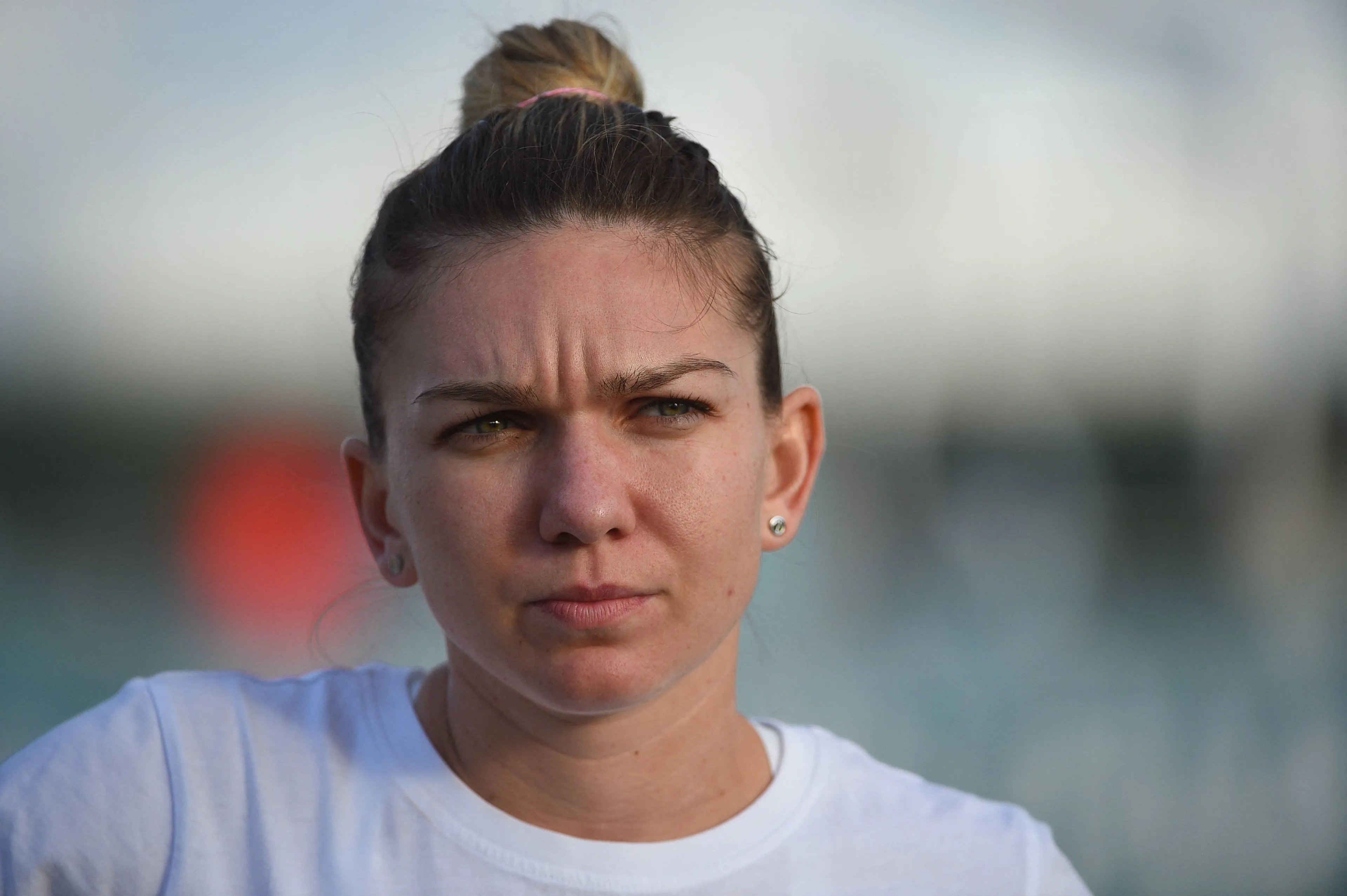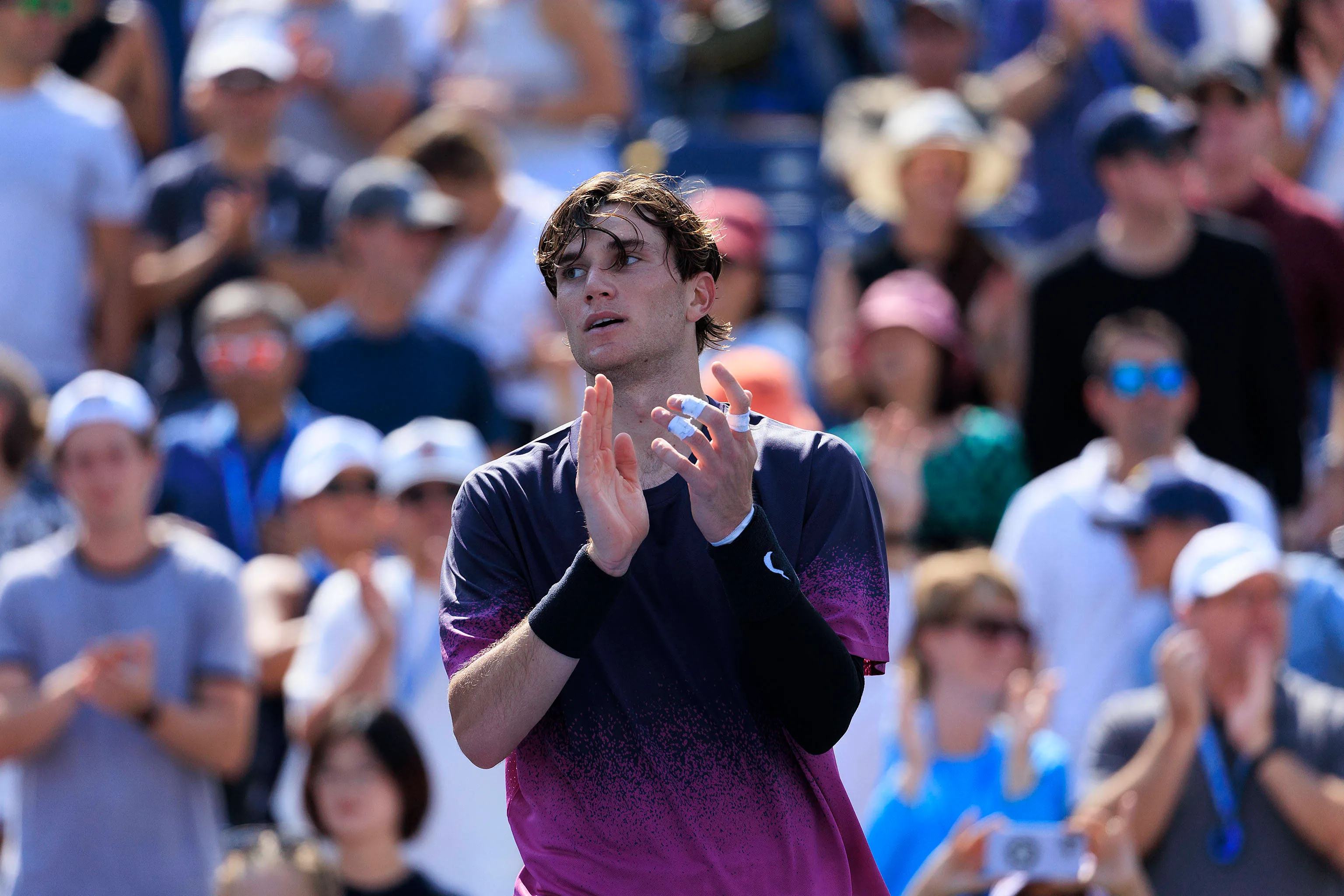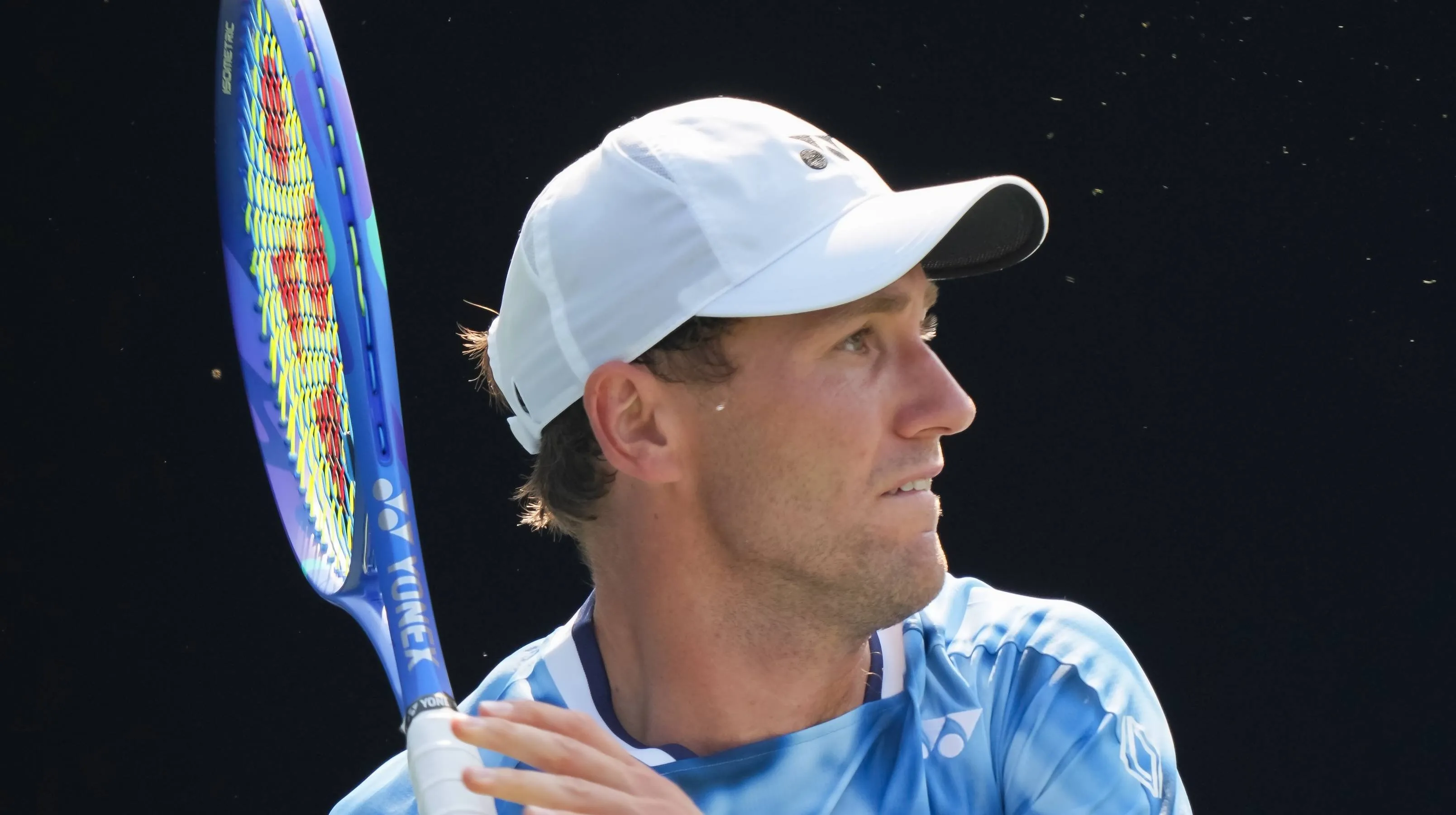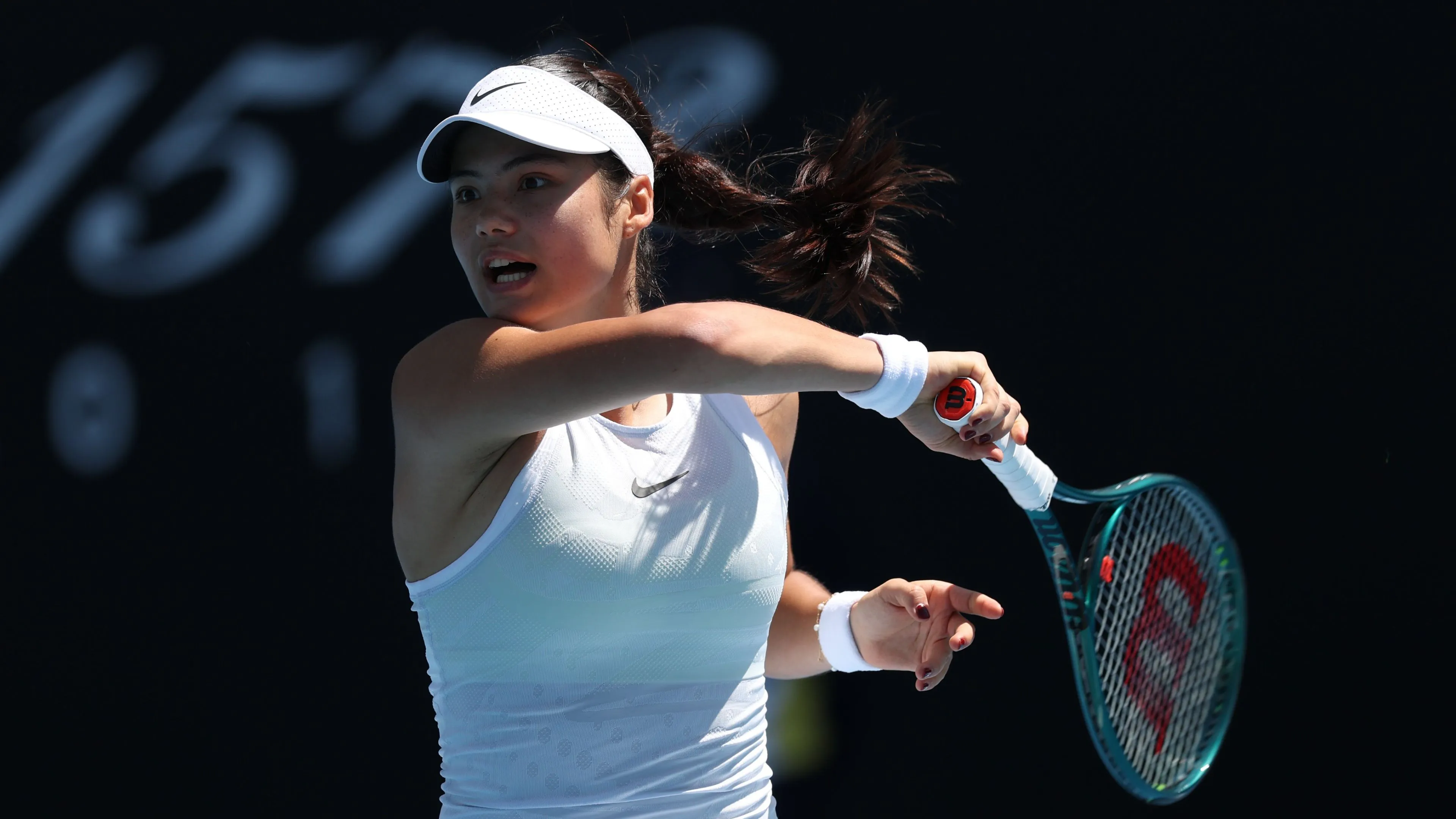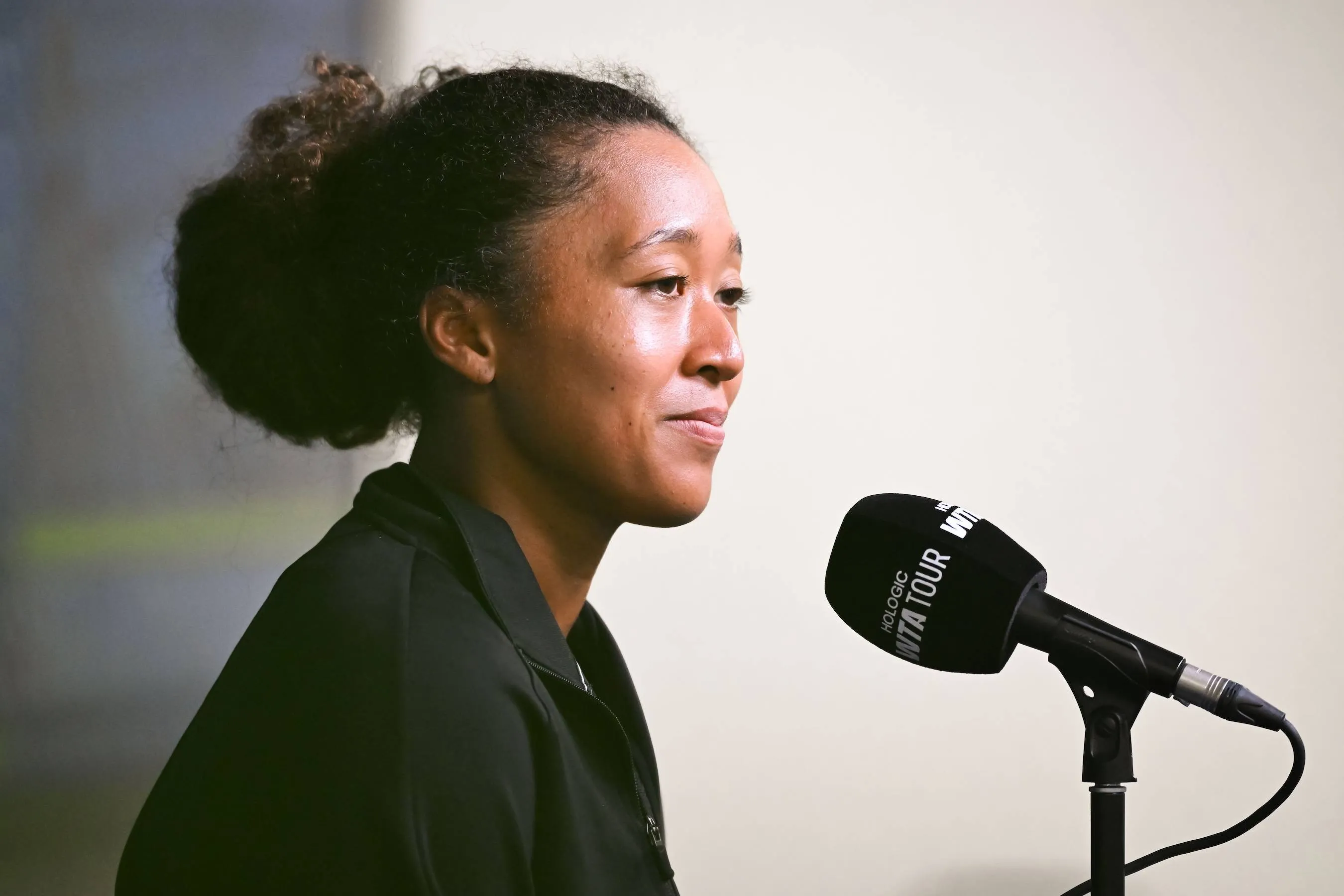Gauff Plans To Finally Address Serving Issue That Cost Her At US Open
WTATuesday, 03 September 2024 at 00:00
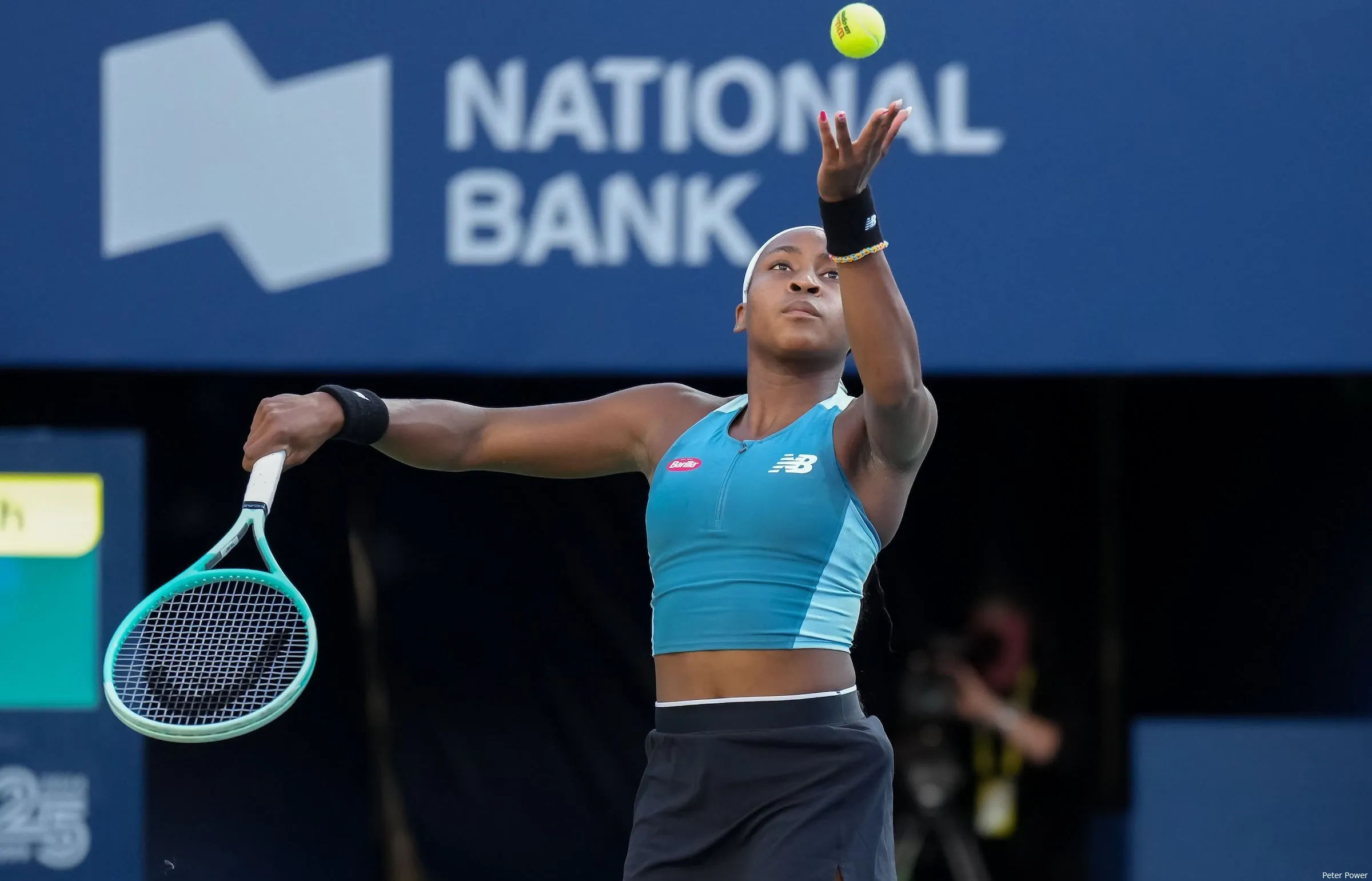
Coco Gauff’s most recent loss at the 2024 US Open wasn’t solely due to her serve, but it did play a significant role, among other issues, in contributing to her defeat.
Gauff’s US Open title defense ended in the fourth round at the hands of Emma Navarro, who also bested her at Wimbledon this year. The 20-year-old American had a rough match overall, totaling 19 double faults and 59 unforced errors.
It’s remarkable that she kept the match as close as she did despite those numbers, highlighting her skill even when not playing her best. The serve, in particular, failed her in the final set when the match was on the line.
It wasn’t great in the opening set either, in which she had five double faults and hit only 50% of her first serves. Things improved slightly in the second set, with three double faults and a 52% first-serve rate.
Winning that set was no coincidence, but the final set was a struggle for last year's winner. Gauff’s first-serve percentage dropped to just 37%, and she accumulated 11 double faults, ultimately losing the set and the match, 3-6, 6-4, 3-6.
This has been an ongoing issue for Gauff, who has previously worked with Andy Roddick to improve her serve. Despite these efforts, as she acknowledged after her recent loss, there are still significant problems to address.
"I go down on my left side a lot on my serve and it's something I'm aware of. I hadn't had that since maybe before the clay season started. I think we'll see how Asia goes."
"Obviously if I qualify [for WTA Finals], I'll play. I think for me in the long-term I definitely want to get a good training block, and I guess we'll see how many tournaments I play for the rest of the year."
Read also
The serve isn’t Gauff's only concern; her forehand also comes under scrutiny. Many have suggested she work on it, as it can be incredibly inconsistent. It was inconsistent in her most recent match, even though it became less of an issue as the match progressed.
She lost to Navarro at Wimbledon largely due to her forehand, which her opponent repeatedly targeted. Clearly, there are areas she needs to address, and she plans to do so.
Part of the issue may be mechanical, but there’s also a strong likelihood that it’s partly mental or emotional. In practice, her serve looks good, but it often doesn’t perform as well in matches.
"I definitely want to get other opinions. I think it's sometimes more of an emotional, mental thing because if I go out on the practice court right now, I would make, like, 30 serves in a row."- Gauff on her serve
"I've done it before. I think it's also just kind of a mental hurdle that I have to get over when it comes with that. But, yeah, I definitely want to look at other things because I don't want to lose matches like this anymore."
Read also
Loading
